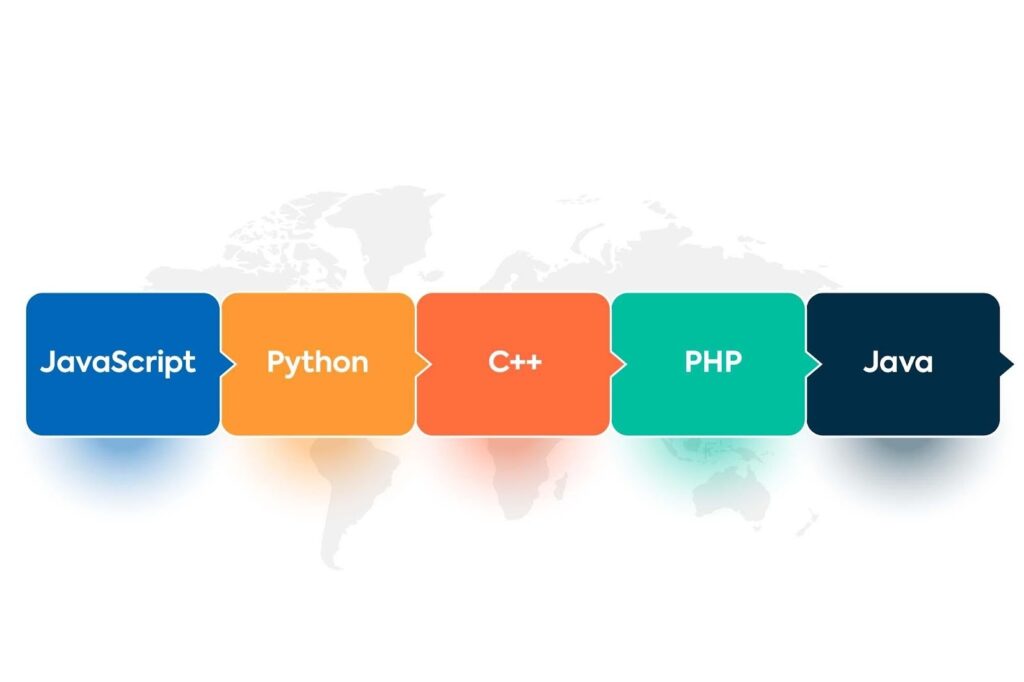A Web Application, a digital tool that operates on a web server and is accessed through a web browser, has become an indispensable part of our modern lives. From online shopping to social networking and business operations, Web Applications have transformed the way we interact with information and services. This article delves into the intricacies of web applications, exploring their advantages and disadvantages to provide a comprehensive understanding of this technology.
What is a Web Application?
A web application is a software application that runs on a web server and is accessed by users through a web browser over the internet. Unlike traditional desktop applications, which are installed on a user’s computer, web applications operate on a client-server model, allowing users to interact with the application from any device with an internet connection.

How Web Applications Work
Web applications work by interacting between the server and the user’s web browser. Here is the basic process of a web application:
Request from the web browser
The user enters the URL of the web application into the browser. The browser makes a request to the web server that hosts the application. Then, the web server will receive the request from the browser and process it. The technology can retrieve information from the database, perform business logic, and generate response content.
Create the user interface
After processing the request, the server generates the corresponding HTML, CSS, and JavaScript code to display the user interface on the browser. The server sends the generated HTML, CSS, and JavaScript code to the browser.
Interaction and Updates
As users interact with the application, requests are sent back to the server to update data and perform other functions. This process creates an interactive environment for users through a web browser and a combination of the server and the web application.
Advantages and Disadvantages of Web Application
Advantages
- Web applications can be accessed from any device with an Internet connection using a web browser without the need to install specific software. This creates a convenient environment for users around the world.
- Easy deployment and updates: Web applications can be easily deployed and updated, as they are typically hosted on servers and can be modified and redeployed without affecting the user’s devices.
- Web applications allow users to interact directly with content through a web browser. This includes submitting forms, interacting with multimedia elements, and participating in online services.
- Thanks to their compatibility with popular web browsers, web applications can operate on a variety of systems and devices, from computers to mobile phones and smart devices.
- With the power of the server, web applications can perform complex calculations and process large data efficiently.
- Webapps can easily be integrated with other network services, creating a comprehensive and diverse user experience.
- Collaboration: Web applications can facilitate collaboration and teamwork by allowing multiple users to access and work on the same information simultaneously.

Disadvantages
- Internet Dependency: Web applications require the device to have a stable Internet connection to operate. Without a network connection, users will not be able to access the web application. It can be a limitation in areas with poor or unreliable internet connectivity.
- Security Risks: Web applications can be vulnerable to security threats like hacking, malware attacks, and data breaches, requiring robust security measures.
- Performance Limitations: The performance of web applications can be affected by factors such as network latency, server load, and client-side processing capabilities.
- User Interface Constraints: Web application interfaces can be constrained by browser limitations and compatibility issues, potentially affecting the user experience
- Web applications can consume network resources and require high processing technology on the server. Especially when there are many users accessing at the same time.
Overall, web applications offer significant advantages in terms of accessibility, platform independence, and ease of deployment, but they also come with certain limitations and security considerations that need to be addressed.
Languages used in Web Application
Web applications typically use a combination of programming languages to handle different aspects of the development process.
JavaScript
JavaScript is a popular programming language widely used in web application development. The platform is often used to create interactions and effects on web browsers.
The utility allows the development of diverse web applications without being limited by browser incompatibility. More specifically, the JavaScript development community is very strong with many libraries and frameworks such as React, Angular, Vue.js, jQuery, etc. This will definitely support the development of web applications effectively.
Python
Python is not an official client-side programming language, but the platform is still often used in some special cases when exploiting Webapps. Here are some ways Python is used in web application development:
- Backend Development: Python is often used as a backend programming language to develop web applications. Popular frameworks like Django and Flask provide powerful tools for building diverse web applications.
- API Development: Python is commonly used to develop web API services, which allow frontend and mobile applications to interact with data from the server.

Java
Java is widely used in web application development, especially in the backend development of web applications. The platform is often used to develop the backend of web applications. Popular frameworks like Spring Framework provide powerful tools for building complex web applications.
Java is widely used in the development of large-scale enterprise applications and systems due to its security and scalability. The JVM (Java Virtual Machine) allows Java source code to run on a variety of operating systems and platforms. This has made Java one of the popular choices for cross-platform web application development.
C#
C# (C Sharp) is a very popular programming language for web application development, especially when building applications on the .NET platform. C Visual Studio, Microsoft’s integrated development environment. The technology provides powerful tools for writing, editing and deploying web applications using C#. C# can be used to develop both the backend and frontend of web applications through ASP.NET Razor Pages or Blazor.
PHP
PHP is an open source language that allows programmers to use and develop without paying any fees. PHP is usaully used to build the backend of web apps. The platform can process data from forms, manage cookies and sessions, create and manipulate files on the server.
Conclusion
In conclusion, Web Applications have revolutionized the way we interact with information and services, offering numerous advantages such as accessibility, platform independence, and ease of deployment. While they face challenges like internet dependency and security risks, these applications continue to evolve and adapt to meet the ever-changing needs of users. Contact Levinci immediately if you are in need of using Web Application Development Service!

